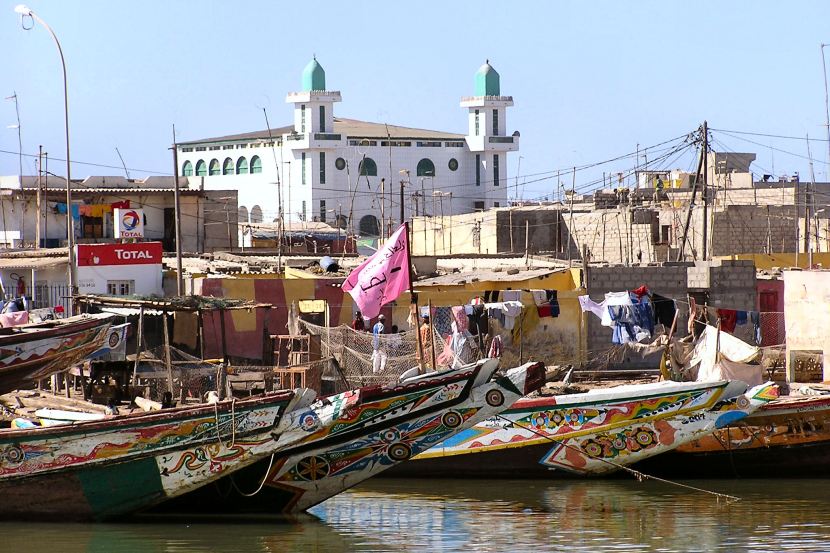
Senegal pole-and-line yellowfin tuna

Location & History
The West African Country of Senegal is situated in Northwest Africa, bordered by Mauritania, Mali, Guinea and Guinea-Bissau. Senegal has a large coastline that faces the Atlantic Ocean, and the periods of upwelling contribute to the rich fishing grounds. Upwelling occurs when cold, nutrient-rich water from the deep is brought upwards to the surface. The high nutrient content is great for algae, which then encourages small fish to grow in number - meaning there is a lot of prey for the tuna! The Senegal pole-and-line tuna fishery provides food for both local communities, and for global export.
How is the Tuna Caught?
All the yellowfin tuna from this fishery is caught using traditional pole-and-line methods, using one hook on a line attached to a pole, catching one fish at a time. The fishery has 19 pole-and-line fishing boats, seven of which are Senegalese, the others are European-owned. Once a school of tuna has been located, the boat sprays water onto the surface of the ocean to mimic the movements of small fish, which attracts tuna over to the boat. The line hooks are not baited, but fishers throw live fish, typically sardines, into the water to start a tuna feeding frenzy. The crew will then lower their lines into the water and when a tuna gets caught on the hook, the fisher will haul the fish out of the water and onto the deck of the boat. The tuna is quickly removed from the hook, and the same hook and line are returned to the water to start again. The fish are frozen in brine to keep the catch fresh. This fishery is very selective, meaning that endangered species such as dolphins, turtles and sharks are highly unlikely to be caught, due to the one-by-one method, and because fishing takes place at the surface, there is virtually no negative impact on different marine habitats. The tuna are landed on the shore and are processed in one of the three main canneries. Fishing trips will typically last between 4 days and 3 weeks.
Unique Features
Across the fishing industry in Senegal, although fishing is primarily a male-dominated field, up to 50% of the total number of employees are women. The processing factories and canneries across the country are primarily made up of female workers!
Gallery
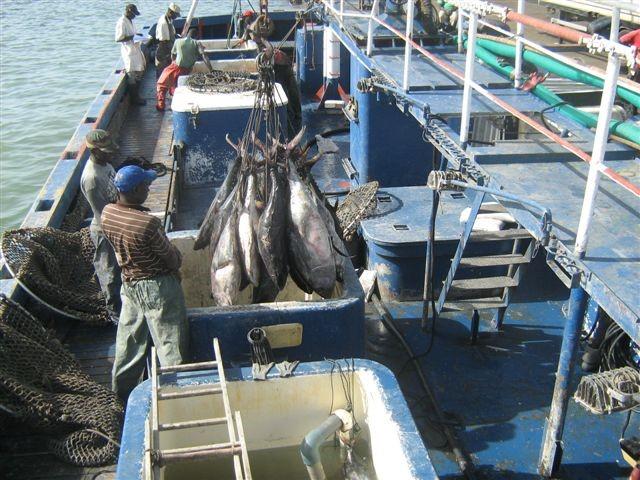
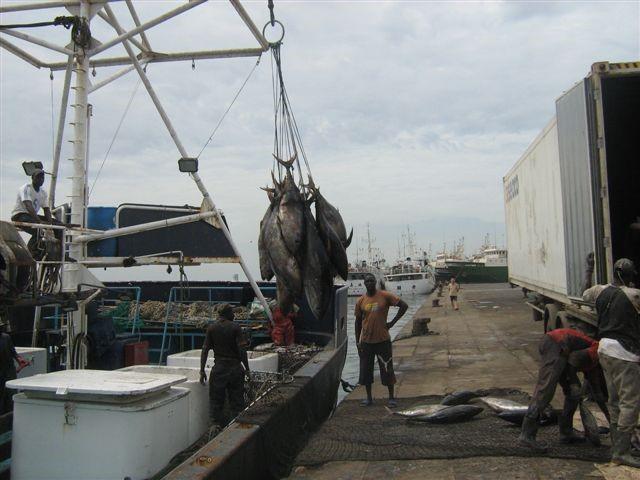
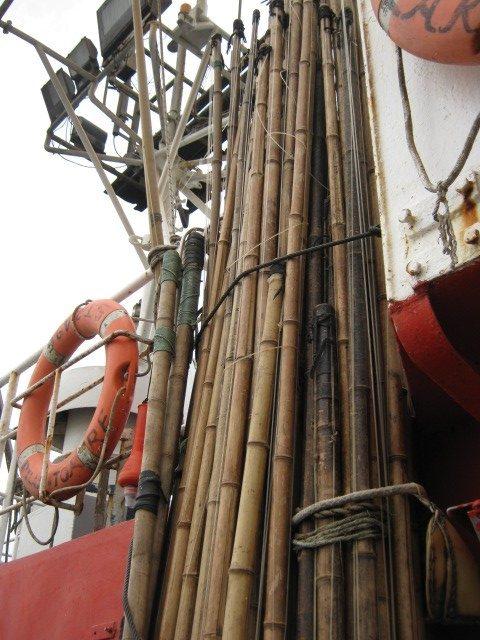
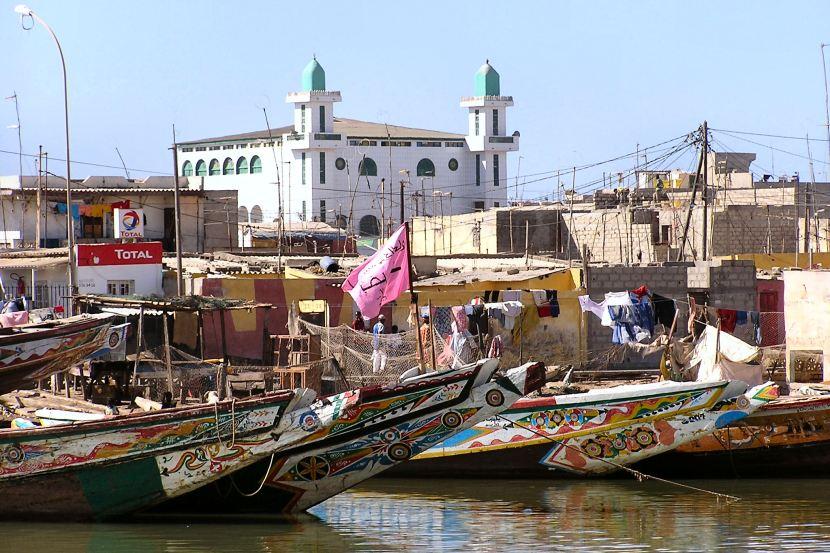
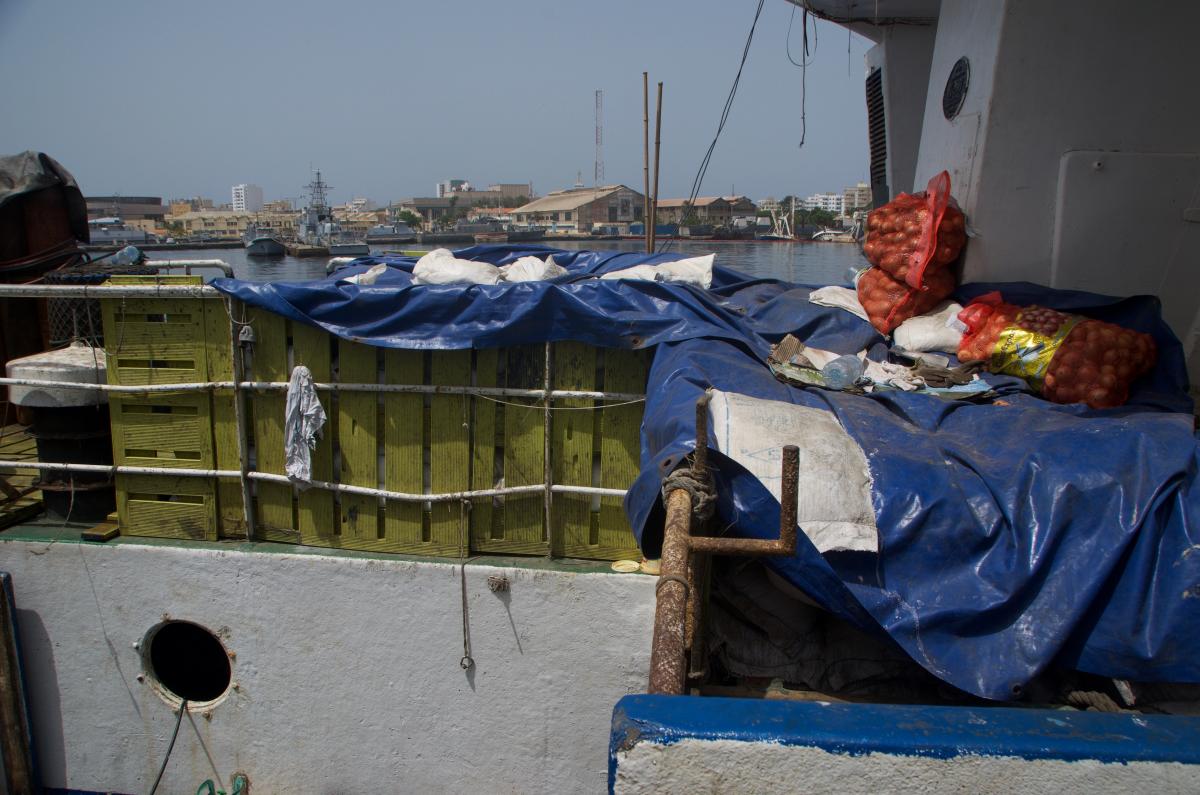
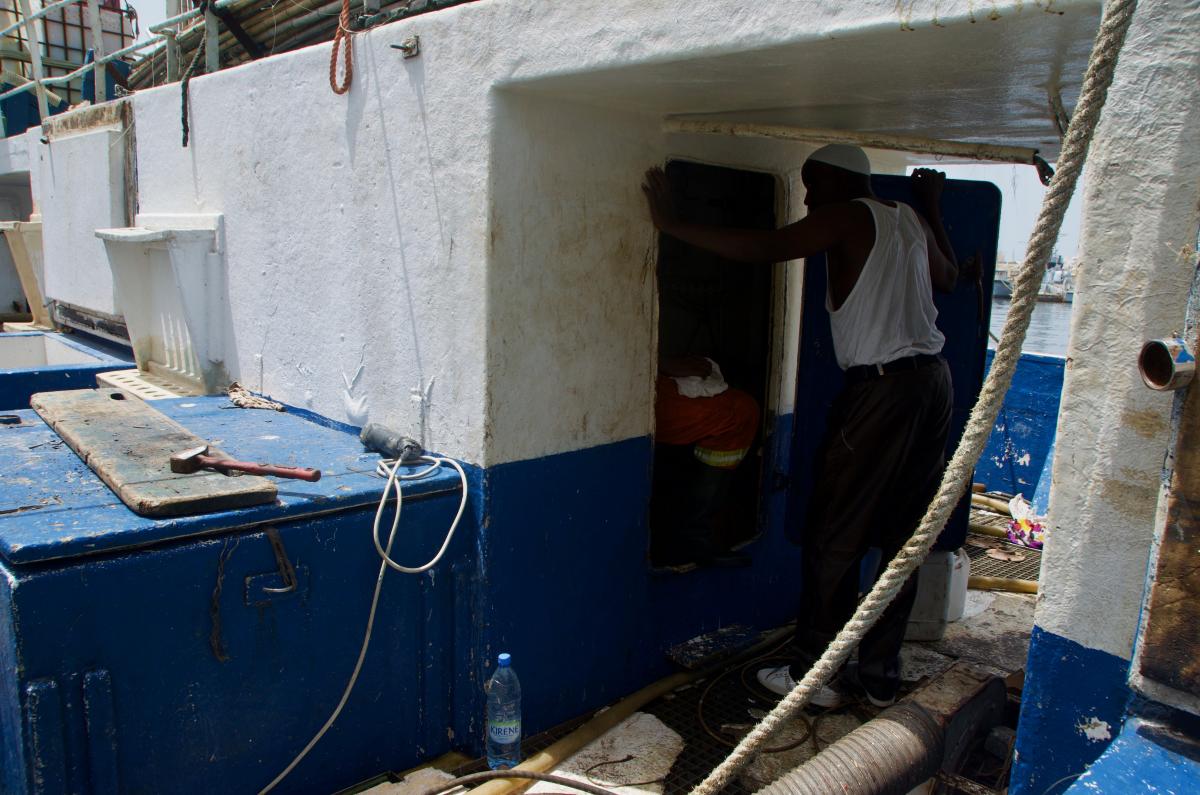
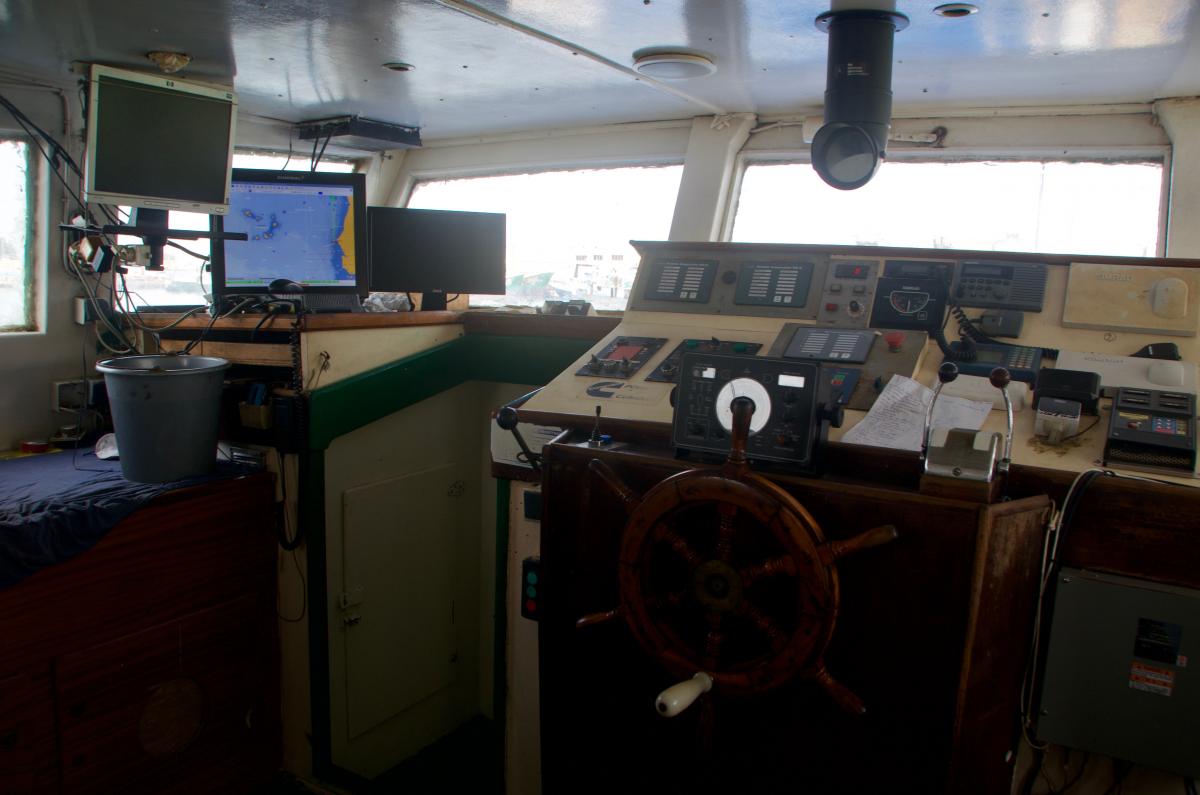
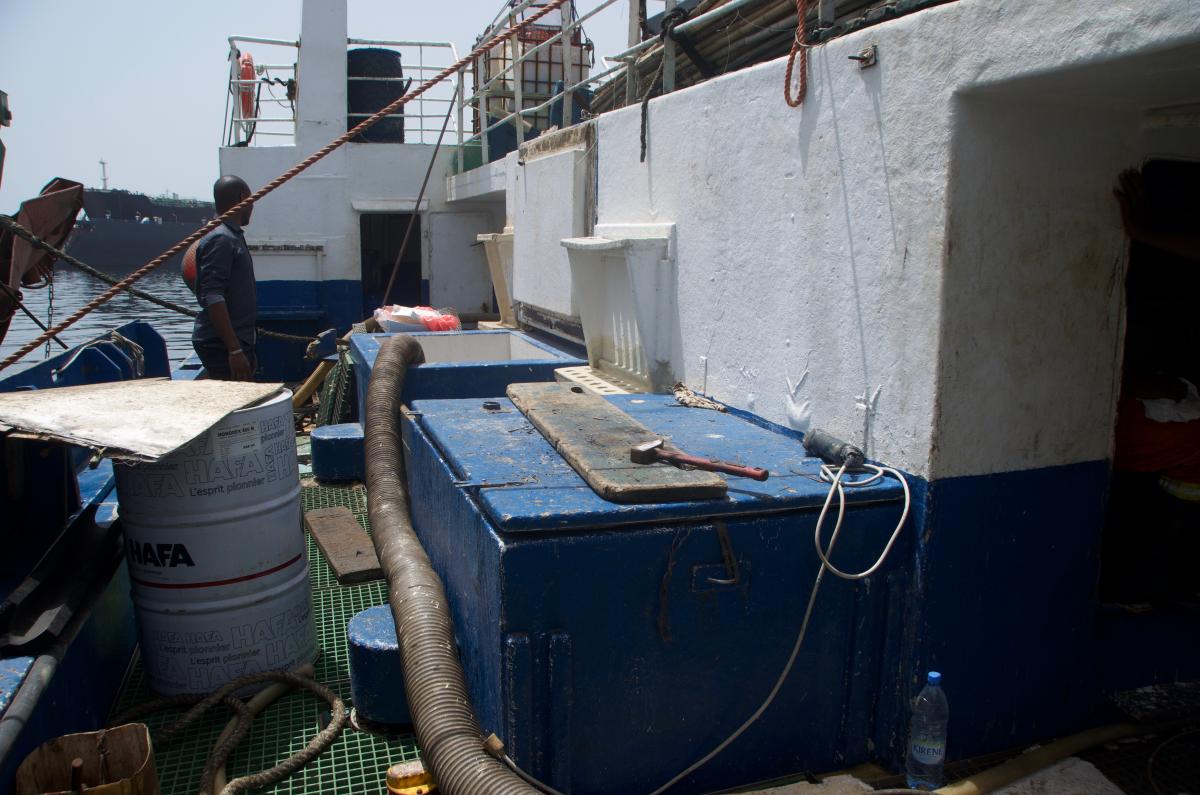
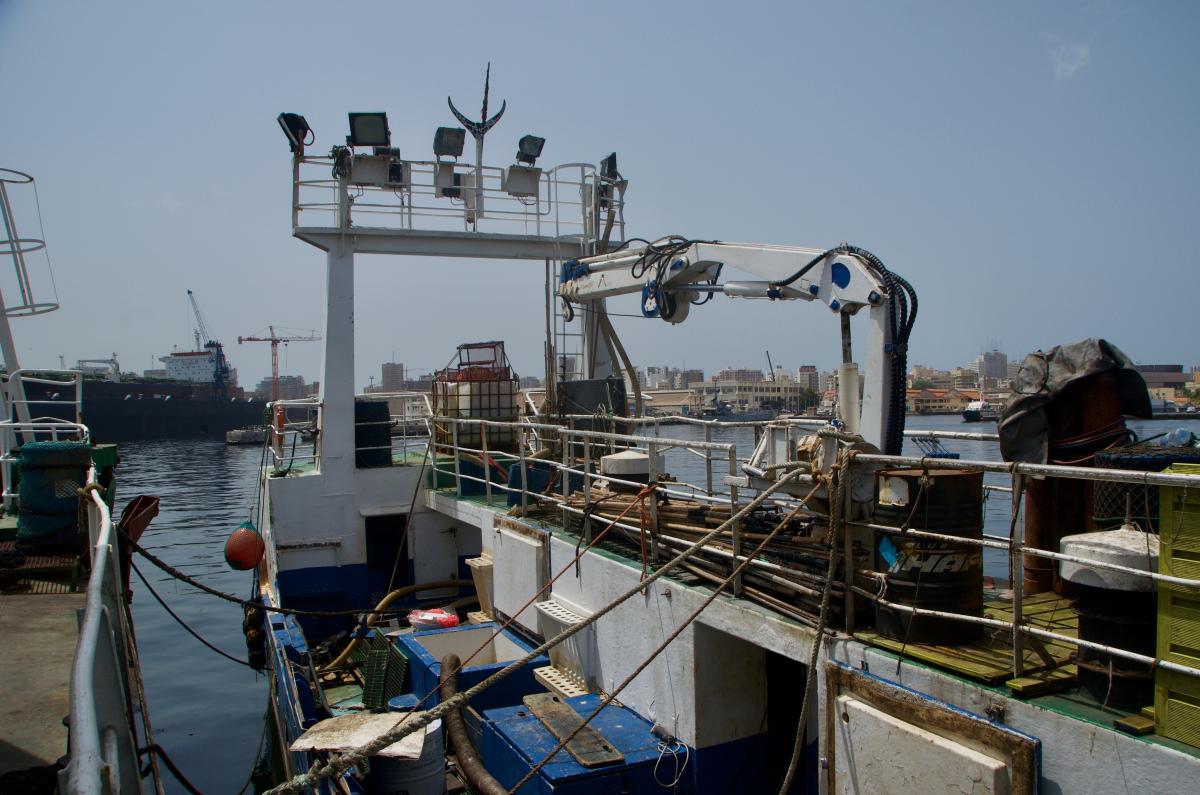
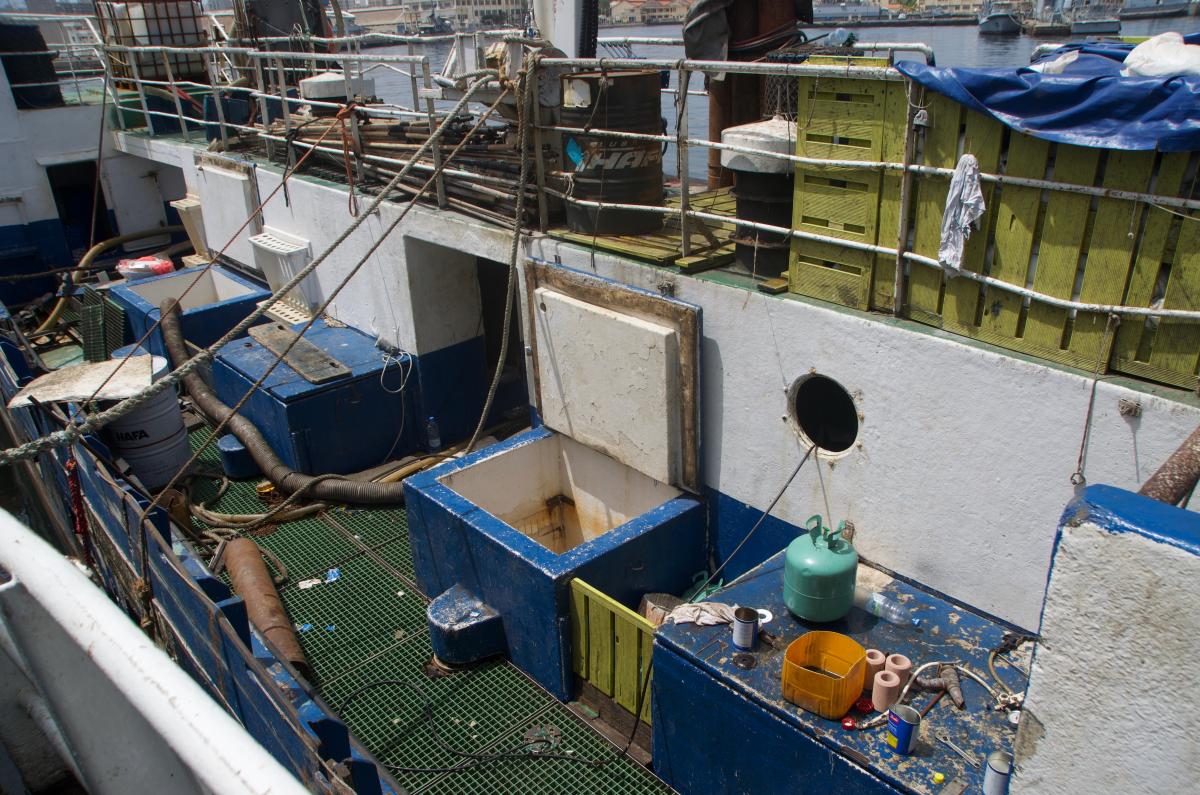
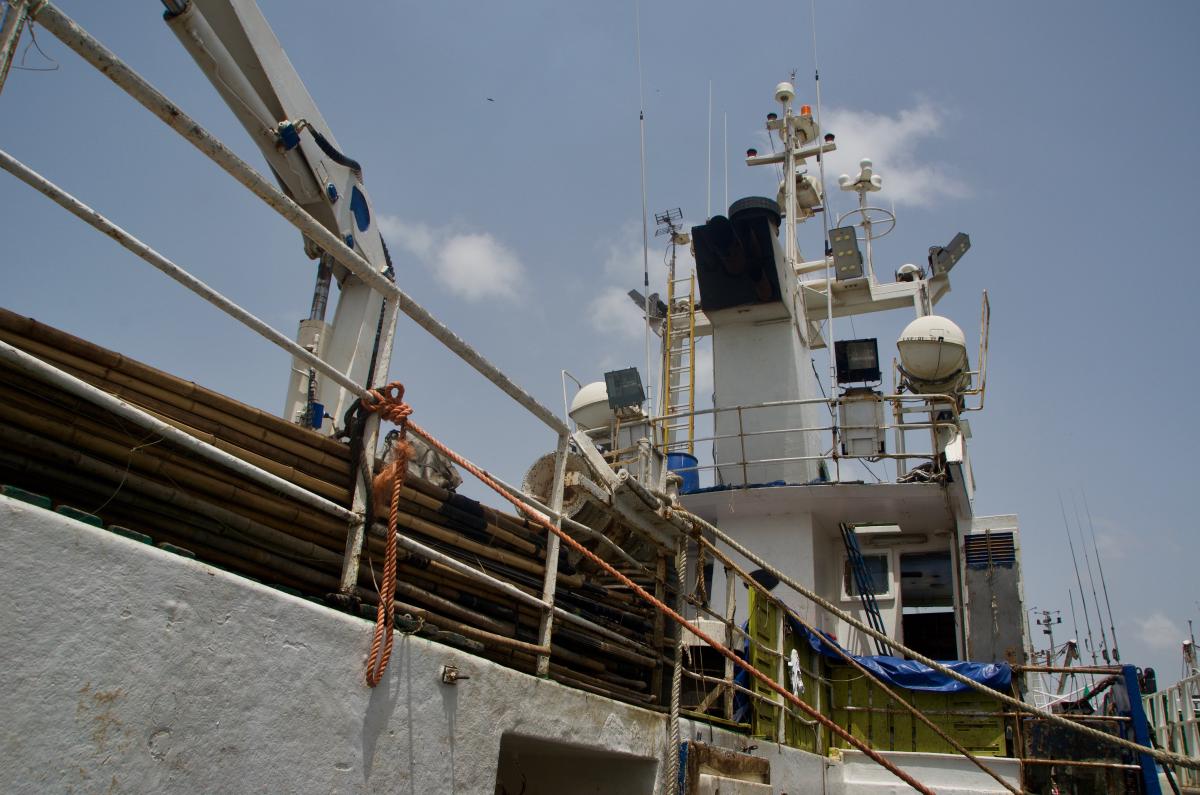
Typical Vessel
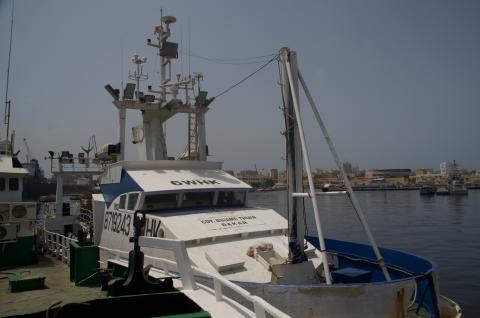
| Item | Value |
|---|---|
| Size Range (m) | 30-40 |
| Onboard Cold Storage? | Yes |
Fleet Capacity
-
1916t
- Annual Catch Volume (metric tonnes)
-
19
- Number of Vessels
Target Species
Yellowfin Tuna
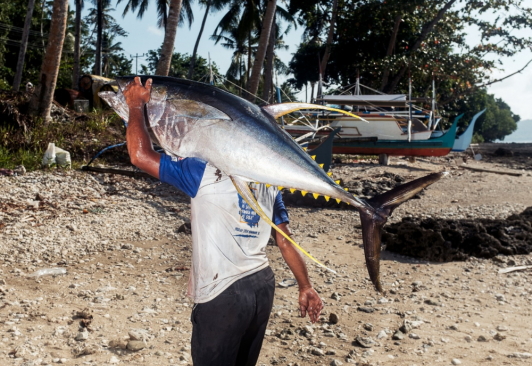
Fishing Gear
Pole-and-line


Regional Fisheries Management Organisation
International Commission for the Conservation of Atlantic Tunas (ICCAT)
Regional fisheries management organisations (RFMOs) are international bodies formed to manage fish stocks in an oceanic area. They include several countries with fisheries operating in that area, and some focus on particular species such as tunas. They are established through international agreements and treaties. RFMOs typically collect fishery statistics, assess fish stock conditions, monitor fishery activity and make fishery management decisions.
The International Commission for the Conservation of Atlantic Tunas (ICCAT) is an RFMO that is responsible for the management of tuna and tuna-like species in the Atlantic Ocean. In 2016 ICCAT celebrated it’s 50th anniversary, and due to the wide range of countries it covers, it is known by 2 other names and acronyms: ‘Commission internationale pour la conservation des thonidés de l'Atlantique’ (CICTA), ‘Comisión Internacional para la Conservación del Atún Atlántico’ (CICAA).
Stock Status Reports
Yellowfin Stock Status
2022-01-01The stock status of a fish species signifies whether a species is 'overexploited', 'fully exploited' or 'underexploited'. Different organisations use different parameters to assign these labels. For example, the Food and Agricultural Organisation of the United Nations (FAO) deems any species to have less than 40% of it’s ‘unfished biomass’ to be overexploited.
The aim of assigning stock status to a species is to ensure that catches are kept at a level where future catches will not be affected, in other words, to maintain a healthy, viable population of fish.
In addition to biomass, spawning potential, catch trend and size-age composition may be used to determine stock status. These are important factors to consider as some species are more resilient than others and have different ecological features. For example, yellowfin tuna have a higher reproduction rate and are typically more resilient than other tuna species.
